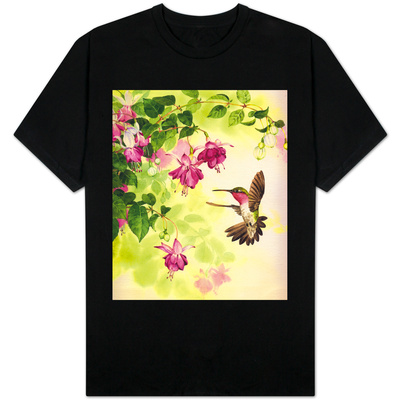Dutch botanical illustrator Maria Moninckx (c. 1676 - February 1757) collaborated with her father, Jan Moninckx (c. 1656 - May 1714) in the creation of color illustrations for their magnum opus, the nine-volume "Moninckx Atlas". Maria contributed 101 watercolors to the Atlas while Jan produced 273 paintings. Eight volumes were published from 1686 to 1709. The ninth volume, published in 1749, over three decades after Jan's death, did not include watercolors by either Jan or Maria.
The botanical tomes were known as "Moninckx Atlas" in recognition of the contributions by the father-daughter team of illustrators.They actually were entitled "Afteekeningen van Verscheyden Vreemde Gewassen in de Medicyn-Hoff der Stadt Amsteldam" (“Portraits of Several Exotic Plants in the Physic Garden of the City of Amsterdam").
The Atlas was commissioned by Joan Huydecoper van Maarsseveen II (February 21, 1625 - December 1, 1740), mayor of Amsterdam, and Jan Commelin (April 23, 1629 - January 19, 1692), an Amsterdam alderman. Huydecoper was also an administrator with the Dutch East India Company (Vereenigde Oost-Indische Compagnie), and Commelin was a botanist and herbal pharmaceutical merchant. They were instrumental in convincing the Amsterdam City Council to establish, by a decree dated November 12, 1682, a Hortus Botanicus (Latin: hortus, "garden" + botanicus, "botanical") in the Plantage neighborhood east of Amsterdam's city center.
The new botanical garden included exotic plants that were prized for their economic, medicinal, and ornamental value. As commissarissen (commissioners), Commelin and Huydecoper oversaw the garden's multiple missions of economic and medicinal botany, botanical research, horticulture, and public amenity. A herbarium was not installed on the premises, so Commelin and Huydecoper commissioned the Moninckx to create a pictorial repository of the garden's plants.




















 Are Hawaiian Huakai Po Nightmarchers Avenging Halloween Thursday?on 10/02/2024
Are Hawaiian Huakai Po Nightmarchers Avenging Halloween Thursday?on 10/02/2024
 Mailing Addresses for 2023 Form 4868 Extending 1040 and 1040SR April 15, 2024, Due Dateon 04/15/2024
Mailing Addresses for 2023 Form 4868 Extending 1040 and 1040SR April 15, 2024, Due Dateon 04/15/2024
 Mailing Addresses for 2023 Forms 1040 and 1040SR Filed in 2024on 04/15/2024
Mailing Addresses for 2023 Forms 1040 and 1040SR Filed in 2024on 04/15/2024
 Mailing Addresses for 2022 Form 4868 Extending 1040 and 1040SR April 18, 2023, Due Dateon 04/13/2023
Mailing Addresses for 2022 Form 4868 Extending 1040 and 1040SR April 18, 2023, Due Dateon 04/13/2023



Comments